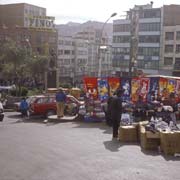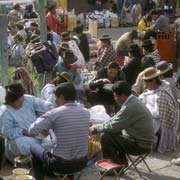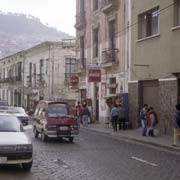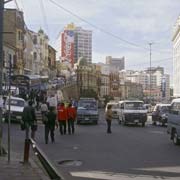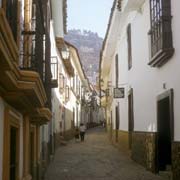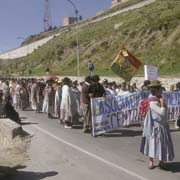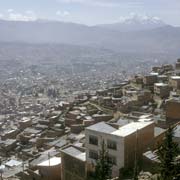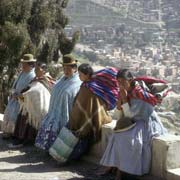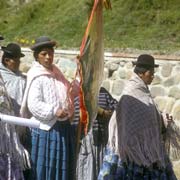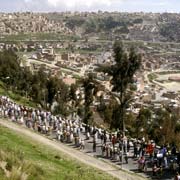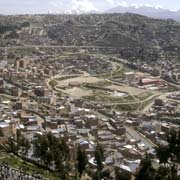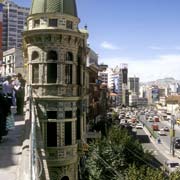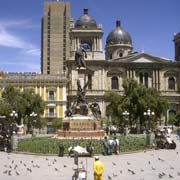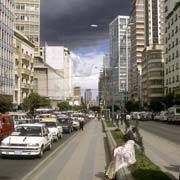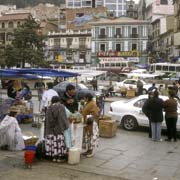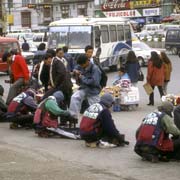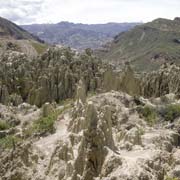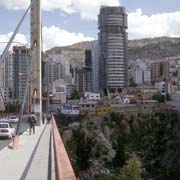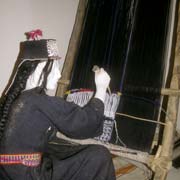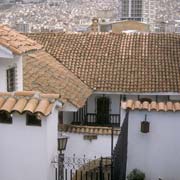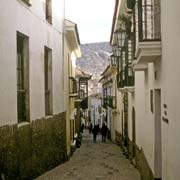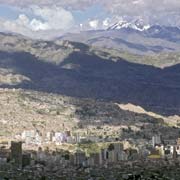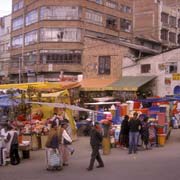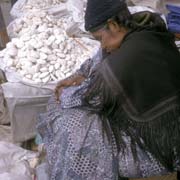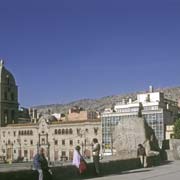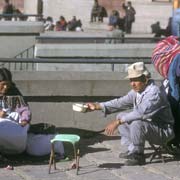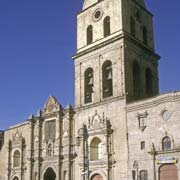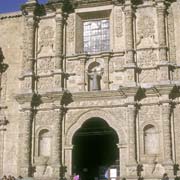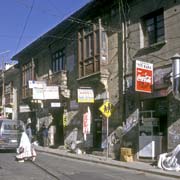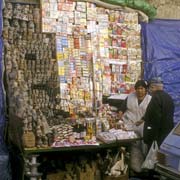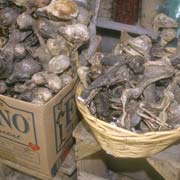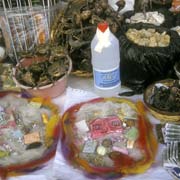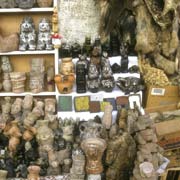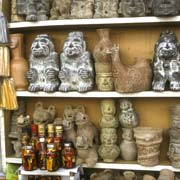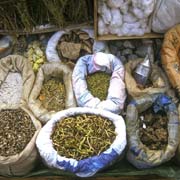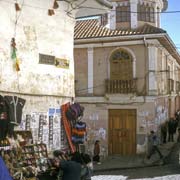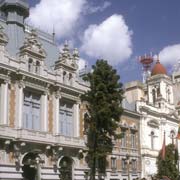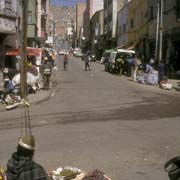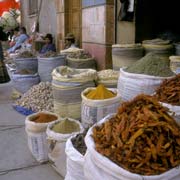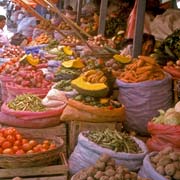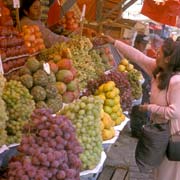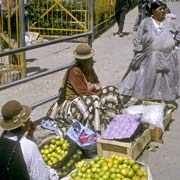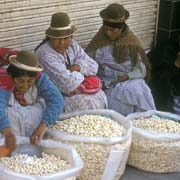Photos of La Paz, Bolivia’s administrative capital
La Paz, Bolivia’s administrative capital
La Paz is the administrative capital of Bolivia, the highest capital city in the world and home to about a million people. Over half of its inhabitants are Aymara Indians, who have another name for the town: Chuquiago Marka or Chuqiyapu from “chuqi” (gold) and “yapu” (farm). Although Sucre is still the judiciary capital, La Paz is the seat of government and, therefore, in effect, Bolivia’s capital.
you may then send it as a postcard if you wish.
La Paz is built in a canyon created by the, now built over, Choqueyapu River, running northwest to southeast. The main thoroughfare, which roughly follows the river, changes names over its length, but the central tree-lined section running through the downtown core is called the Prado. The centre of town is 3,650 metres above sea level. The satellite city of El Alto, with the airport, is west of the canyon. It is on the Altiplano at 4,082 metres, offering great views over the city..
La Paz was founded in 1548 by Alonso de Mendoza, a ruthless Spanish conquistador, at Laja, a Native American settlement. It was initially named Nuestra Señora de La Paz (“Our Lady of Peace”), commemorating the restoration of peace after the insurrection of Gonzalo Pizarro and fellow conquistadors four years earlier against Blasco Núñez Vela, the first viceroy of Peru. The city was later moved to its present location in the valley of Chuquiago Marka. In 1549, an urban plan was designed for La Paz, with public areas, plazas, official buildings, and a cathedral. A large square in the centre of the city, La Plaza de los Españoles, was chosen for government buildings and the Cathedral. The city was firmly under the control of the Spanish until 1781 when Aymara Indians besieged it under the leadership of their chief or King Tupac Katari. Thirty years later, the city was surrounded again by Indians for two months, and there were uprisings against the Spanish forces under their leader Pedro Domingo Murillo in 1809. Murillo was hanged in the Plaza de los Españoles, but his name lived on: the plaza was later renamed Plaza de Murillo.
In 1825, after the decisive victory of the republicans at Ayacucho over the Spanish army in the course of the South American Wars of Independence, the city’s full name was changed from Nuestra Señora de La Paz (“Our Lady of Peace”) to La Paz de Ayacucho (“The Peace of Ayacucho”). In 1898, La Paz was made the de facto seat of the national government, with Sucre remaining the nominal historical and judiciary capital. Today La Paz is a fascinating city in a spectacular setting, with a mixture of Colonial Spanish architecture and strong Aymara Indian influence, the women in their “Chola” dress with voluminous skirts and bowler hats and its many markets, among others the Mercado de Hechicería (“Witches’ Market), selling herbs, seeds and magical medicines like dried llama foetuses and Aymara soapstone carvings.



